Taking care of a toddler's tush
As a baby grows and becomes more mobile as a toddler, his/her butts are no longer soft and kissable as they were when he/she was a baby. The reasons that contribute to this is that your toddler starts eating more chunkier food he/she starts having more bigger and stickier stools. Also most toddlers do not like to have their diaper changed lying down as they are more happy standing erect as they start walking.
Also too much time in a damp diaper or poopy one will irritate the sensitive skin at the toddler’s bottom Too much time in damp drawers, or poopy ones, can irritate the still-sensitive skin on your toddler’s bottom and cause a nasty case of diaper rash/rashes.
Here are ways to take care of a toddler’s tush and protect it from diaper rash/rashes:
1) Ensure that you change your toddler’s diaper more often; it would be best to change it first thing in the morning, after naps and at other times when you suspect her/she is wet or dirty. Wipe your toddler clean, pat dry and then ensure you apply a diaper ointment or cream before putting a fresh diaper. This acts as a preventive and treatment method.
2) Ensure that you avoid soaps and scented wipes if your toddler’s bottom is susceptible to rashes. It is best to use plain water for pee clean-ups and use unscented, alcohol free wipes, washes, soaps and lotions for poops.
3) It is advisable to give your toddler some bare butt time; diapers trap moisture and too much moisture could affect a toddler’s bottom. A little air time around 10 to 15 minutes when he/she roams about diaper free in a fully washable area will not only prevent diaper rash from appearing, but will also help a diaper rash to disappear.
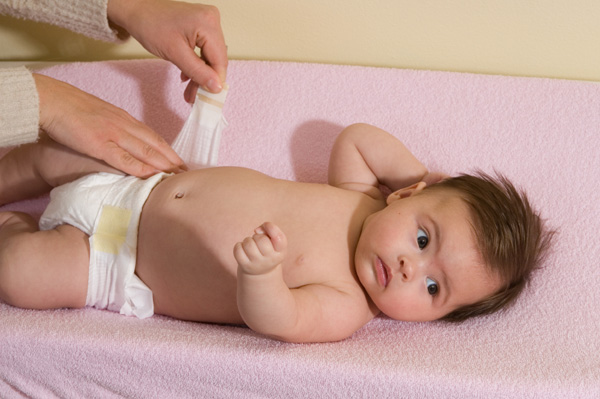
4) Do not stick to one type of diaper and try different types; some may be more absorbent while others will be lesser. Super-absorbent brands of disposable diapers trap too much moisture and could cause rashes, while switching to a less-absorbent disposable or to cloth diapers is soothing to that tiny toddler tush. Changing to either one or the other often helps soothe the tiny toddler’s tush.
5) Watch out for rashes on your toddler’s bottom that will not go away or reappears in a few days; the rash could be a bacterial or fungal infection. Your pediatrician’s help could be taken in this regard.
Signs of some serious rashes are:
Your toddler could have candidiasis, a fungal infection if your toddler’s skin in the bottom turns bright red, especially after a course of oral antibiotics like an ear infection.
He/she could be having seborrhea dermatitis if his/her bottom has deep red skin with yellow scales.
Your toddler could have intertrigo, a type of yeast infection if there is redness in the folds of the skin and there is oozing of white or yellow matter.
Lastly your toddler could be having impetigo if your toddler’s bottom has blisters that seep, ooze and then crust over.
Image Courtesy: Google
Take the next step toward your goals
Share your requirement and find the best care providers in your area
-
Looking for a caretaker’s job? Build your profile and get in touch with families in your vicinity.
-
Discover nannies, babysitters, cooks, housekeepers, pet sitters, and elder care under one roof.
-
Get all the support you need to run a successful care center.
-
Search for appropriate centers near you depending on your needs.
Care Corner Insights: Blog Library
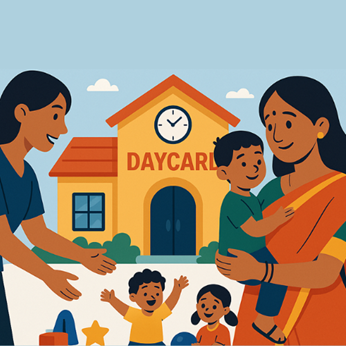
Daycare Admissions in Cary, NC for New NRI Families: Documents, Health Records, and Start Dates
Moving to a new country is exciting but also comes with many responsibilities—especially when it comes to finding the right daycare for your little one. For new NRI (Non-Resident Indian) families settling in Cary, NC, understanding the daycare

Overnight Babysitters in Bellevue, WA for Business-Travelling NRI Parents: Safety & Policies
For many NRI parents living in Bellevue, WA, frequent business trips are a reality. While traveling, one of the biggest concerns is ensuring your children are safe, cared for, and emotionally supported during overnight stays. Overnight babysitters ca

Indian Home-Style Cooks in Queens, NY: Tiffin-Style Weekly Meal Prep from Your Kitchen
Queens, NY, is home to one of the most diverse food cultures in the country, and Indian cuisine holds a special place among families looking for authentic, comforting meals. While restaurant takeout is convenient, nothing compares to the taste and nu
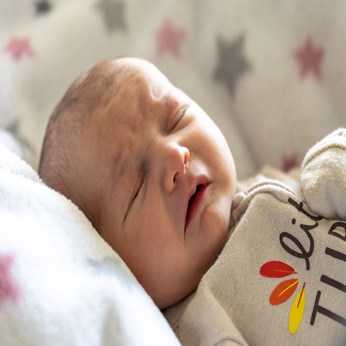
Baby Sleep Problems: What is Sleep Regression and How to Handle It
If you’re a parent, you know that baby sleep is one of the greatest mysteries of life. One day your little one is snoozing like an angel, and the next day they’re suddenly waking up every hour, fussing, or refusing to nap. Before you panic, there’s a

What is Validation Therapy? A New Approach to Dementia Care
Caring for loved ones with dementia is one of the most emotionally challenging journeys a family can face. Traditional methods often focus on correcting memory lapses or redirecting confused thoughts—but that can sometimes lead to frustration, stress
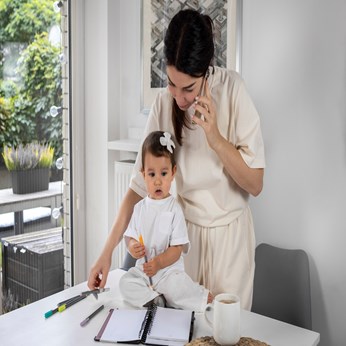
What is a Part-Time Nanny and Do You Need One
Parenting is a beautiful journey, but let’s be honest—it can also be exhausting! Between work deadlines, household chores, and family responsibilities, sometimes there just aren’t enough hours in a day. That’s where part-time nannies step in, offerin

Part-Time Housekeeper Hiring in Alpharetta, GA: Weekly Schedules, Pricing, and Must-Do Tasks
Keeping a home spotless while balancing work, family, and personal commitments can be overwhelming. For families and professionals in Alpharetta, GA, hiring a part-time housekeeper is one of the most practical solutions. Whether you need help once a

Affordable Daycares in Irving, TX with Indian Menu Options: Parent Reviews & Enrollment Tips
Finding the right daycare for your little one is never an easy decision—especially if you’re looking for one that fits your budget and offers familiar food options like an Indian-inspired menu. For parents in Irving, TX, the good news is that several
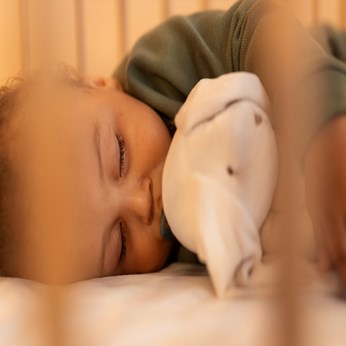
Can Babies Sleep on Their Side? Tips for Safe Baby Sleep
When it comes to newborns, every parent worries about the smallest details—how they sleep, what they wear, even which way they turn their tiny heads. One common question that pops up is: “Can babies sleep on their side?” The short answer? Not recom
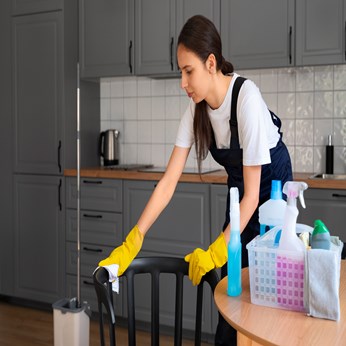
8 Benefits of Hiring a House Cleaner for Your Home
Let’s be honest — keeping a home sparkling clean while juggling work, family, and daily life can feel like a full-time job in itself. That’s where professional house cleaners step in, turning the chaos into calm. If you’ve been debating whether to br